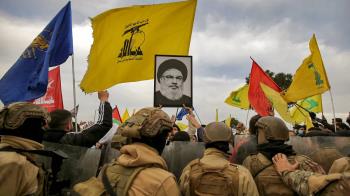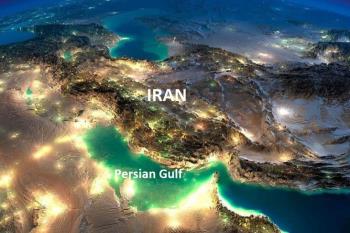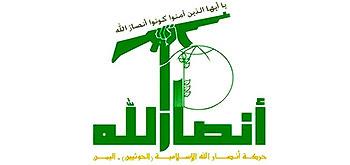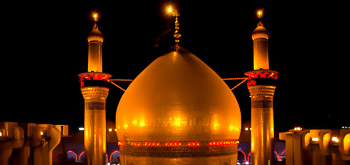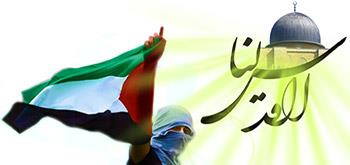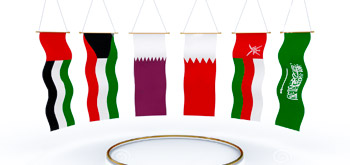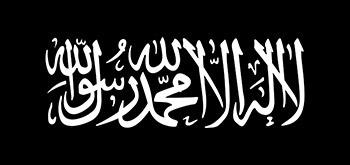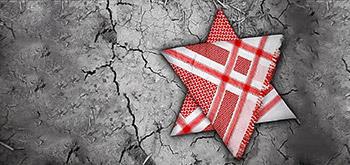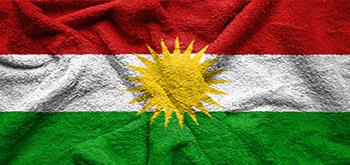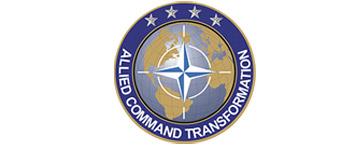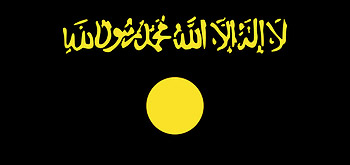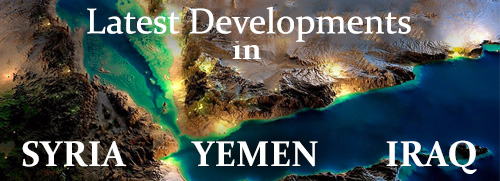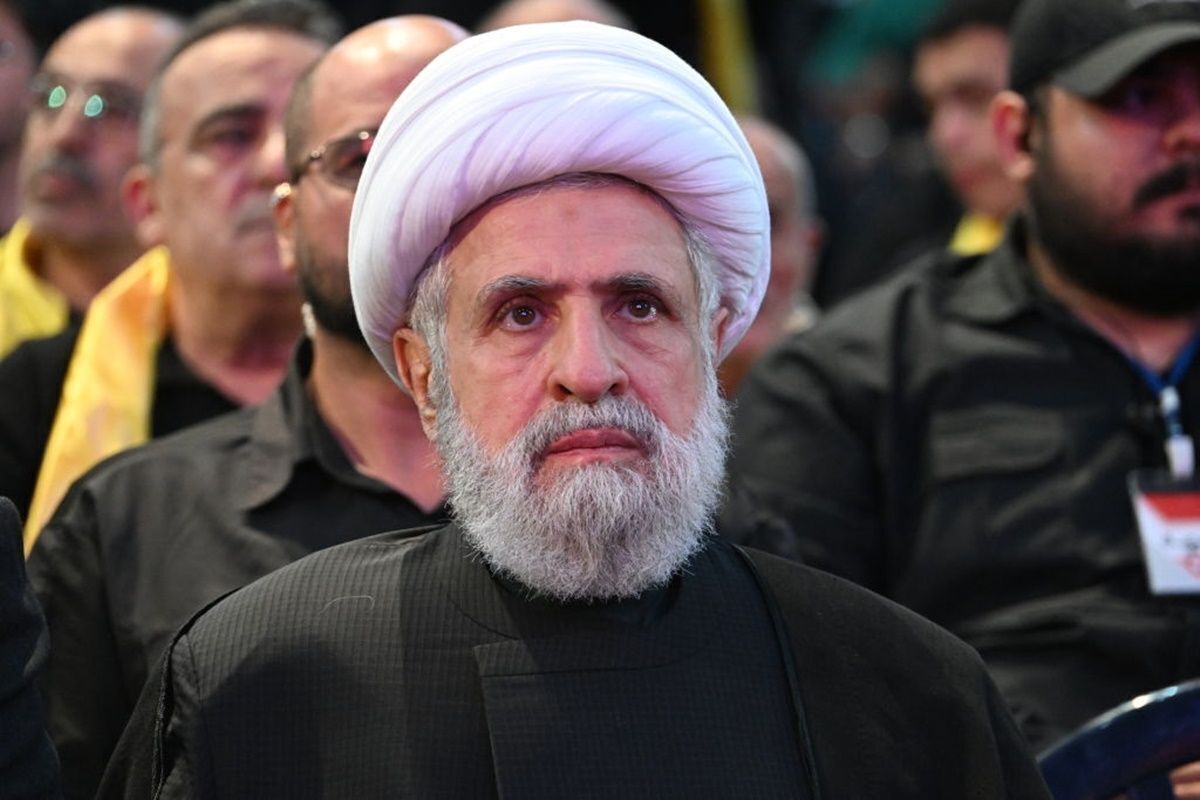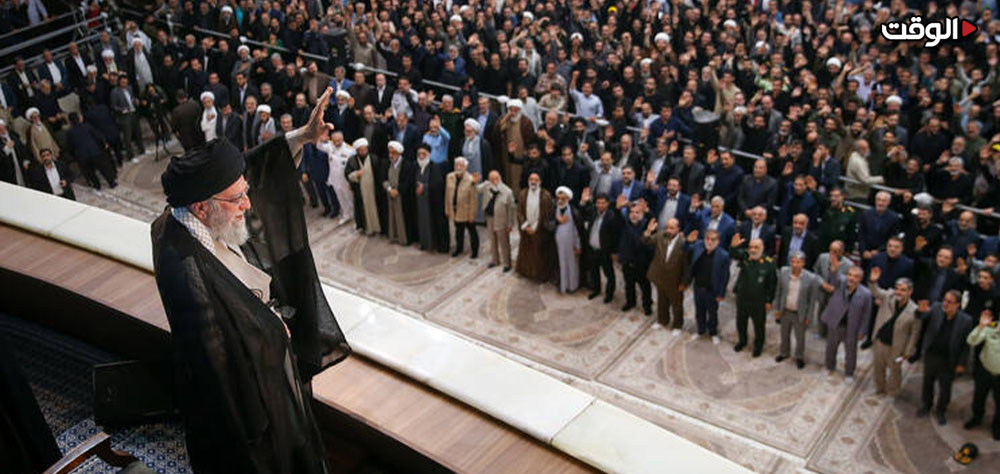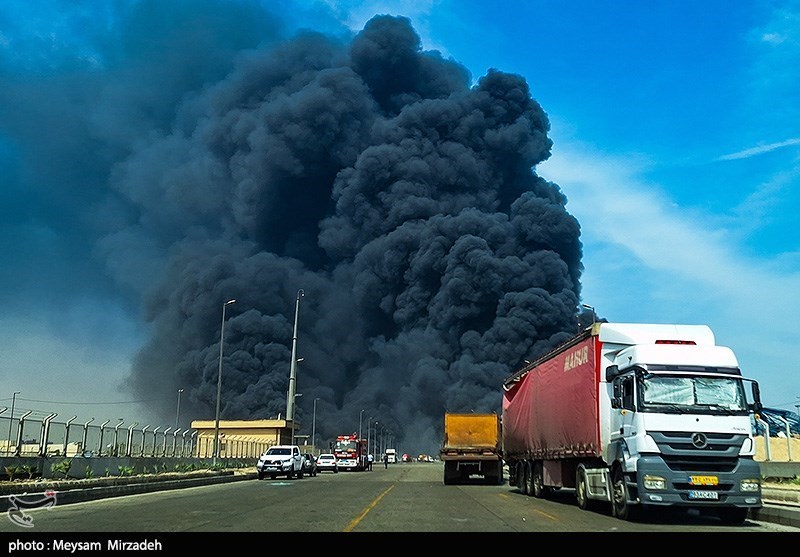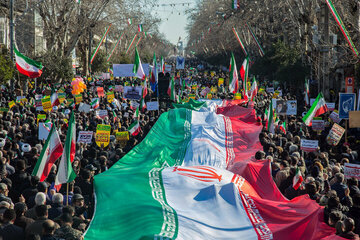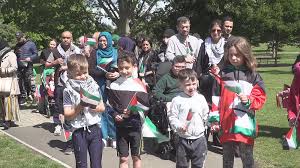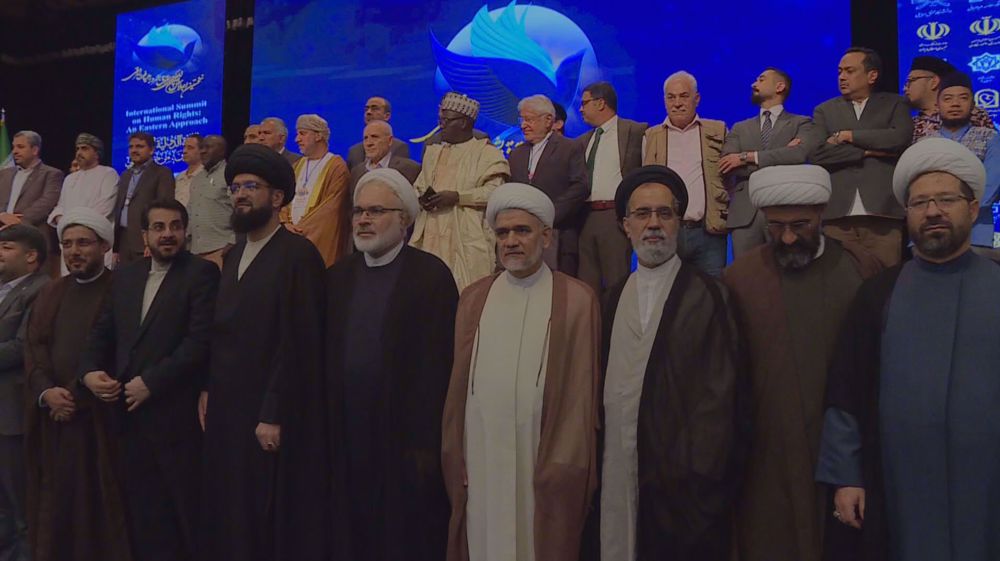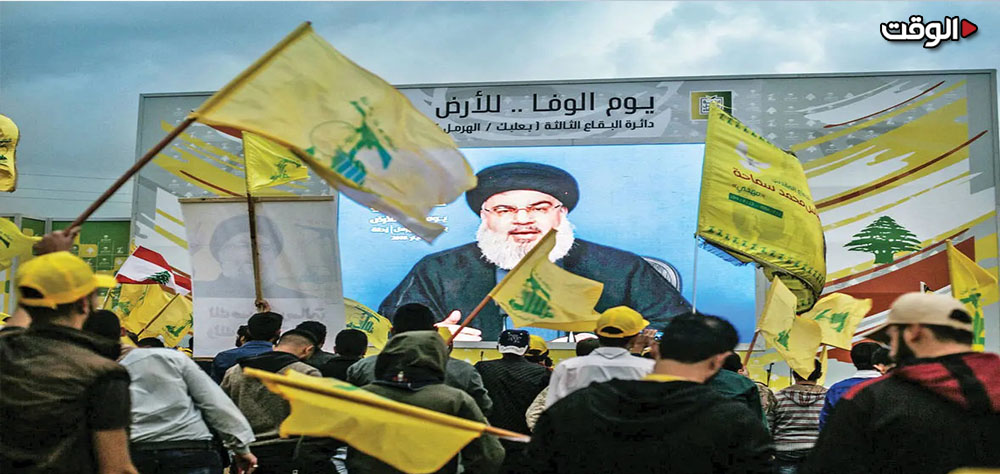Alwaght- Last fall, at a sensitive juncture of the Lebanese Hezbollah history, the political council of the resistance movement named Sheikh Naim Qassem as the new secretary-general, replacing martyr Sayyed Hassan Nasrallah. Before this appointment, the assassination of Nasrallah represented the biggest blow to the resistance movement.
Naming of Sheikh Qassem, on the other hand, marked the most serious strategic move by Hezbollah to maintain its cohesion and continue its path in the home Lebanese equations and the regional developments. Over the past 8 months, under Sheikh Qassam, Hezbollah has not only managed to weather the most critical regional conditions caused by the Israeli aggression, but also the movement has again presented itself as a decisive actor in Lebanon's home developments.
Chemical engineering
Sheikh Naim Qassem was born in 1953 on Basta neighborhood of Beirut. He is the son of Sheikh Mohammed Qassem of Iqlim Al Tufah in southern Beirut. He is married and has 6 children. He started his academic education in 1971 in the school of physical education at University of Beirut. He graduated with a chemical engineering MA degree in 1977. He then continued his religious education under Sayyed Abbas al-Mousawi, the Hezbollah chief who preceded Sayyed Hassan Nasrallah, and Mohammed Hussein Fadhlallah. He then taught as a school teacher for 6 years.
From establishment of Hezbollah to its leadership
Sheikh Naim Qassem began his political career in the ranks of the Amal Movement during its founding in 1974. However, in 1979, he resigned from the movement and continued his work teaching theology in mosques and schools in Beirut. The spark of the Iranian Islamic Revolution in 1979 attracted him and he participated in the Islamic committees supporting the revolution, which carried out media activities, rallies and speeches about Iran's Islamic Revolution, paving the way for the establishment of a new Lebanese party. In 1982, Sheikh Naim Qassem was one of the founding figures of the Lebanese Hezbollah.
He served three terms as a member of the Hezbollah Executive Council. Initially, he was responsible for educational and scouting activities in Beirut, then became vice-chairman of the Executive Council and then president of the council. He served as deputy secretary-general of Hezbollah from the time of Secretary-General Sayyed Abbas al-Moussawi in 1991. After the assassination of al-Moussawi and leadership of Nasrallah in 1992, he remained in this position until he was elected as Sayyed Nasrallah's successor.
Sheikh Qassem also chaired the Council of Hezbollah for Parliamentary Action, supervising the Loyalty to Resistance bloc in the Lebanese parliament. During the first Hezbollah election campaign in 1992, he coordinated election activities. In fact, during his time in Hezbollah, he served three consecutive terms on the party’s Executive Council. The council consisted of nine members elected for one-year terms by party members who held departmental leadership positions or higher. This meant that Qassem was one of the party’s nine senior leaders at the time of its founding. Qassem’s close parliamentary relations with members of parliament and Lebanese government officials are among outstanding characteristics in pursuing Hezbollah’s political goals at home.
Closeness to Sayyed Nasrallah
Due to his career position in the Executive Council, Qassem was close to the late Sayyed Nasrallah. During his more than 40 years of political activity in Hezbollah, Qassem appeared regularly in the media and spoke at the movement's events. Therefore, his closeness to Sayyed Hassan Nasrallah and his speeches are two things that have made him a capable orator.
Furthermore, he is known as "Hezbollah's most prominent theorist" and has published approximately 26 books on various issues, most notably "Hezbollah: Method, Experience, and Future," in which he provides a history of the party, especially in the first three decades since its foundation in the early 1980s. He also presents the most important turning points in its relationship with the Lebanese state and its institutions, and discusses a summary of the party's most prominent intellectual principles, its international and regional relations, and its choices in Lebanon.
In the early 1990s, after differences among senior Hezbollah members over participation in parliamentary activity, which led to the dismissal of the party's first secretary-general, Subhi al-Tufaili, and his replacement in 1991 by Sayyed Abbas al-Moussawi, the number of members of Hezbollah's Executive Council was reduced to seven. At the same time, their terms were increased to two years and the post of deputy secretary-general was created. Sheikh Qassem held this post for the first time and remained in this position throughout the tenure of Sayyed al-Moussawi and then Sayyed Nasrallah. However, during the tenure of Sayyed Nasrallah, the term of membership in the Executive Council was reduced to three years, and five councils were created in Hezbollah's organizational structure: the Political Council, the Jihad Council, the Executive Council, the Parliamentary Council, and the Judicial Council. Each council is headed by a member of Council, and Sheikh Qassem has overseen the work of these sub-councils throughout this time. From this perspective, he has gained a comprehensive perspective on Hezbollah's management over the past decades as deputy secretary-general.
A secretary-general in exceptional conditions
In general, in the history of conflict with Israel, various resistance movements have paid high prices. From Ezzeddine Qassam to Hamas founder Sheikh Ahmed Yassin, Fathi Shaqaqi, founder of the Islamic Jihad Movement, Khalil al-Wazir (Abu Jihad), the second-in-command of the Fatah Movement, and Abu Ali Mustafa, secretary-general of the Popular Front, to the recent assassinations of Hamas leaders, from Saleh al-Arouri in Lebanon to Ismail Haniyeh, head of the political bureau, all are clear examples of the martyrdom of the leaders of various resistance groups. But has the martyrdom of the leaders stopped these groups from moving forward?
Undoubtedly, the martyrdom of the resistance leaders did not stop any of the resistance groups, and accordingly, the martyrdom of Sayyed Hassan Nasrallah not only did not lead to the halt of Hezbollah, but also the new secretary-general is pursuing Hezbollah’s goals seriously and powerfully. In other words, it can be said that in the case of Lebanese Hezbollah, what happened in September 2024 was exceptional in several respects. The Israeli regime not only assassinated Sayyed Nasrallah, but also assassinated his deputy Sayyed Hashem Safieddine a few days later. In addition, almost all the first and second-ranking people were assassinated, and Sheikh Qassem was one of the old members of the party who has managed to lead Hezbollah through the storm of crisis to its destination. Today, Sheikh Qassem is holding the leadership at an exceptional time and the most difficult moment in the history of the resistance movement since its establishment. Israeli aggression against Lebanon continues, and pressure inside the country from pro-Western groups is mounting against Hezbollah. The joint aim of pro-Western groups in Lebanon and Israel is to eliminate Hezbollah from its sphere of influence and disarm it, but over the past 8 months, despite the continued bombings under ceasefire conditions, Hezbollah chief has been able to prevent Israel from achieving its goals in Lebanon through his political relations with various Lebanese groups.
Also, given Sheikh Qassem's stances, it is unlikely that Hezbollah agenda will see a shift from that of Sayyed Nasrallah in terms of strategic approach to confrontation of Israel. In his writings, Sheikh Qassem presents the battle with Israel as an open battle and considers the liberation of southern Lebanon as one of the chapters of this conflict. However, there are other goals, such as the effort to liberate the Shebaa Farms, as well as the need to "deter Israel's expansionist ambitions", a job, according to him, the Lebanese army is unable to accomplish due to imbalance between its capabilities and those of thee Israeli army. Here, Hezbollah stands out as an effective force.
Sheikh Qassem at the same time provides clear reasons for Hezbollah decline to disarm or withdraw from its positions in the south, saying that these reasons are drive by the lack of balance between the Israeli and Lebanese armies. He argues that resistance is a response to occupation and the cost of resistance to the Israeli occupation, no matter how high, is lower than that of surrender. He adds that conflict with Israel is not just determined by physical force, rather, there are other influential factors that, the most important of them being the effective function, morale, and local, regional and international conditions. In his speeches, he refers to the factors behind victory and loss, saying that "many of the parties, groups, and organizations suferred loss when they focused on subordinate issues and mobilized their energy for subordinate matters. So, they distanced from main issues." He adds that "our main priority is fighting Israeli occupation and rejection of any internal war in Lebanon." This approach of Sheikh Qassem, reflected in his speeches and written works, indicates that Hezbollah under him will continue to keep the struggle against Israeli occupation as a top priority in its journey to its final goals.

